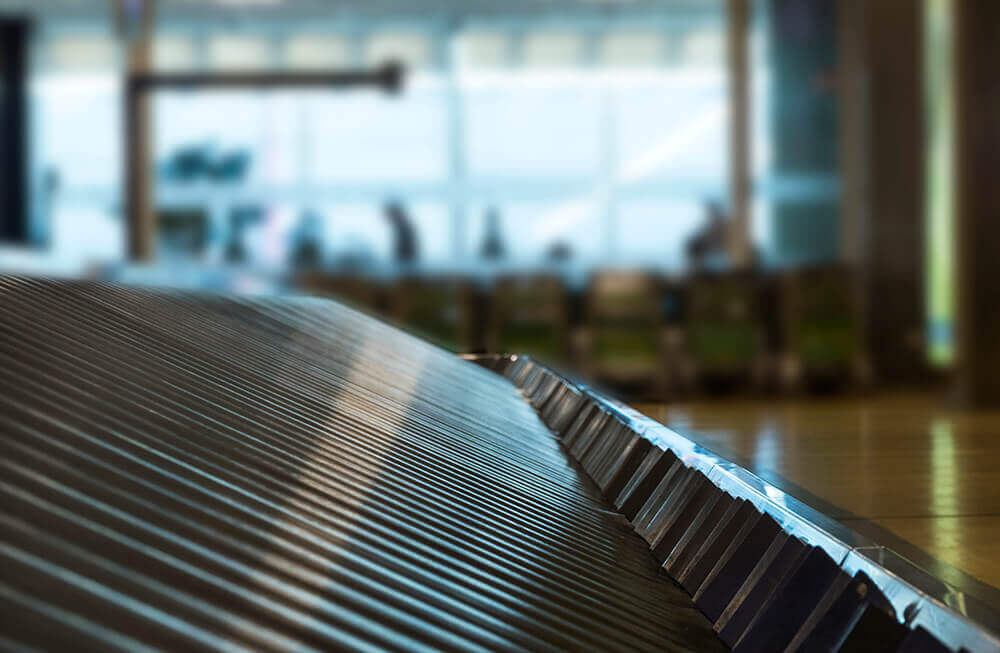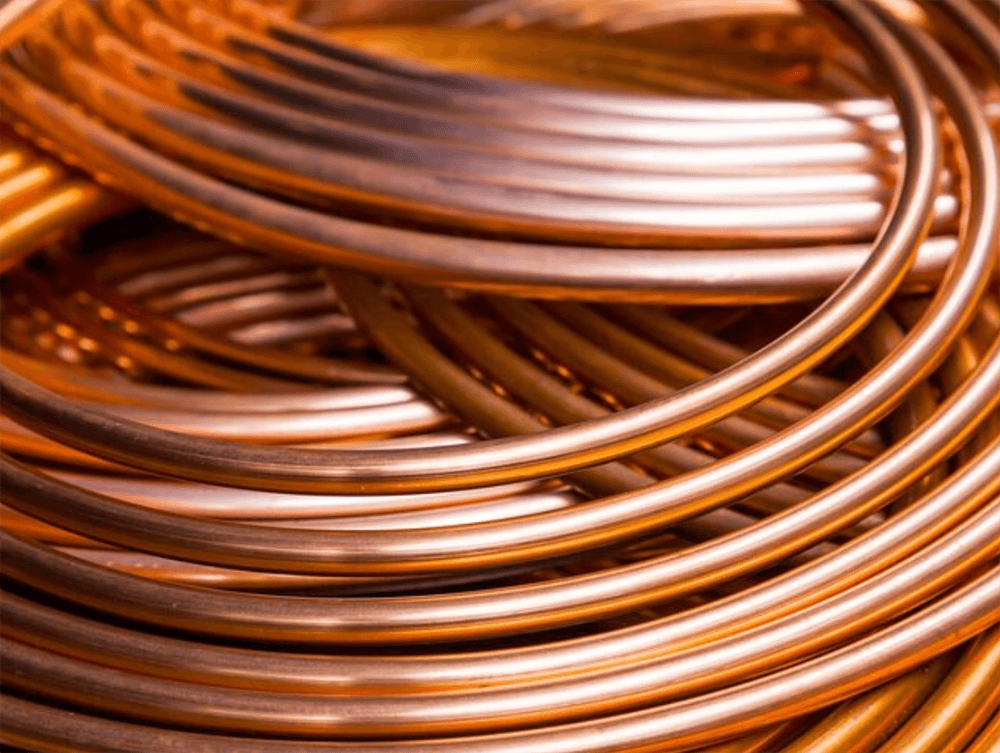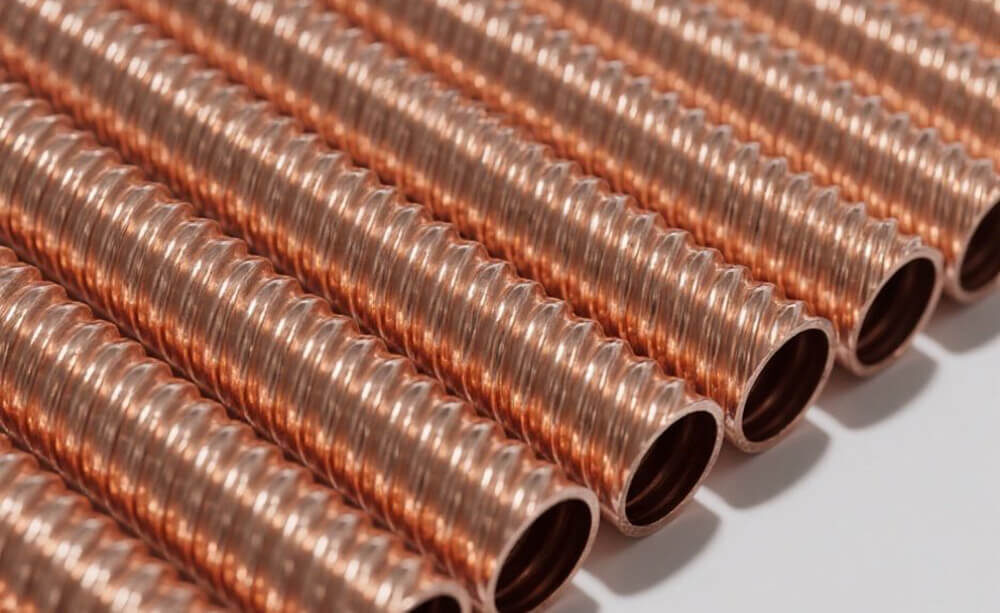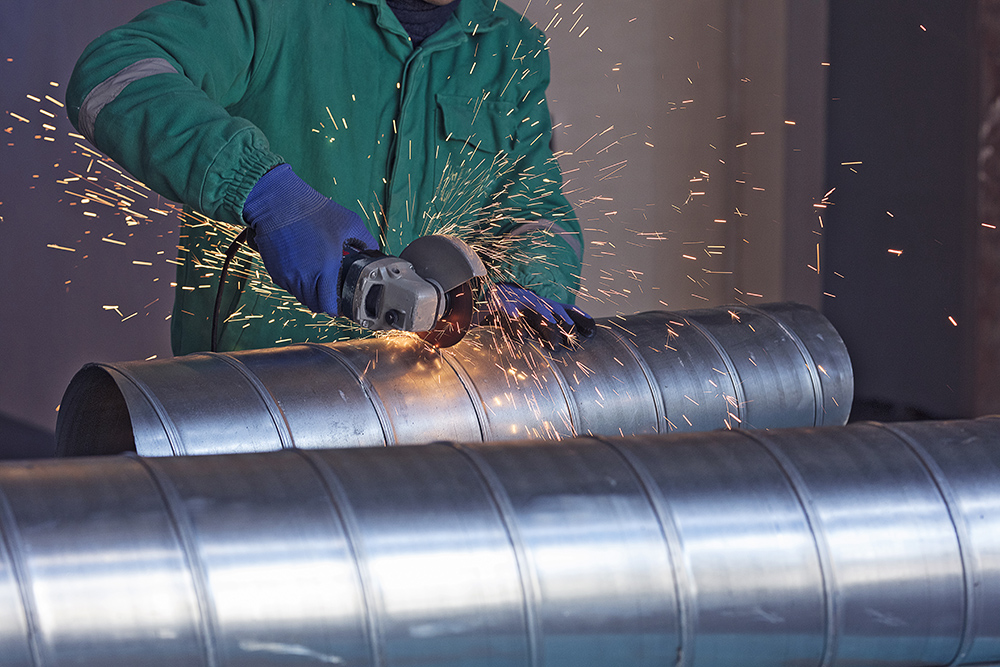The Ultimate Comparison: Types of Finned Tubes for HVAC Applications and Their Performance Metrics?
Are you struggling to select the right finned tubes for your HVAC system? Poor choices lead to increased energy costs, shortened equipment life, and frequent maintenance that disrupts operations and damages your bottom line.
The optimal finned tube for HVAC applications depends on specific performance requirements. Copper tubes with aluminum fins typically provide the best thermal conductivity (120-200 W/m·K overall), while stainless steel options offer superior corrosion resistance. Most commercial applications achieve best results with 8-14 fins per inch and fin heights between 8-16mm.
I’ve spent decades working with clients across South Africa to optimize their HVAC systems. When a major hotel in Cape Town installed standard finned tubes in their sea-facing property, they faced devastating corrosion issues within just 9 months. The replacement costs and business disruption could have been avoided with proper material selection from the start.
How Do You Calculate the Energy Efficiency ROI of High-Performance Finned Tubes in Commercial HVAC Systems?
Are your energy bills continuously climbing despite regular HVAC maintenance? Standard efficiency equipment might be costing you thousands in hidden operational expenses that premium finned tubes could eliminate.
To calculate ROI for high-performance finned tubes, compare the additional upfront cost (typically 30-60% higher than standard options) against energy savings (usually 15-30% annually), extended equipment life (3-5 additional years), and reduced maintenance costs (20-40% lower). Most commercial installations reach break-even within 18-36 months.
The financial case for high-performance finned tubes is compelling when you look at total cost of ownership rather than just initial investment. Here’s how to build a comprehensive ROI analysis:
Key Performance Factors Affecting ROI
The financial return varies significantly based on several critical factors that I always evaluate with clients:
- Operating Hours and Load Profile:
- 24/7 facilities (hospitals, data centers) see faster ROI (typically 1-2 years)
- Intermittent use facilities (schools, office buildings) see longer paybacks (2-3 years)
- The higher your duty cycle, the better your investment return
- Climate Severity and Seasonal Demands:
- Extreme climates create higher loads and faster paybacks
- In South Africa, buildings in Durban (hot/humid) show 15-20% better ROI than Cape Town (moderate)
- Annual cooling/heating degree days directly correlate with financial returns
- Energy Cost and Inflation Projections:
- Higher energy rates accelerate ROI (areas with rates over $0.15/kWh often see sub-18 month paybacks)
- Energy inflation outpacing general inflation improves long-term ROI
- Many of my clients achieve 30-40% better returns than initially projected due to rising energy costs
- Maintenance Cost Considerations:
- Premium finned tubes typically reduce cleaning frequency by 30-50%
- Lower fouling rates reduce the labor hours required for maintenance
- Extended equipment life defers capital replacement costs
The most overlooked aspect of HVAC upgrades is the compound effect of small efficiency gains. A seemingly modest 5% reduction in pressure drop across your coils can cascade through the system, reducing fan power requirements by 10-15% due to the cube relationship between flow and power.
What Are the Most Common Finned Tube Heat Exchanger Problems and How Can You Solve Them?
Is your HVAC system underperforming despite recent maintenance? Subtle heat exchanger issues often go undiagnosed, leading to gradual efficiency decline, rising energy bills, and eventual system failure.
The most common finned tube heat exchanger problems include air-side fouling (reducing efficiency by 5-40%), water-side scaling (causing 3-12% performance loss), fin damage (creating 10-30% localized heat transfer reduction), internal corrosion (accelerating tube failure), and improper air distribution (causing uneven performance and comfort issues).
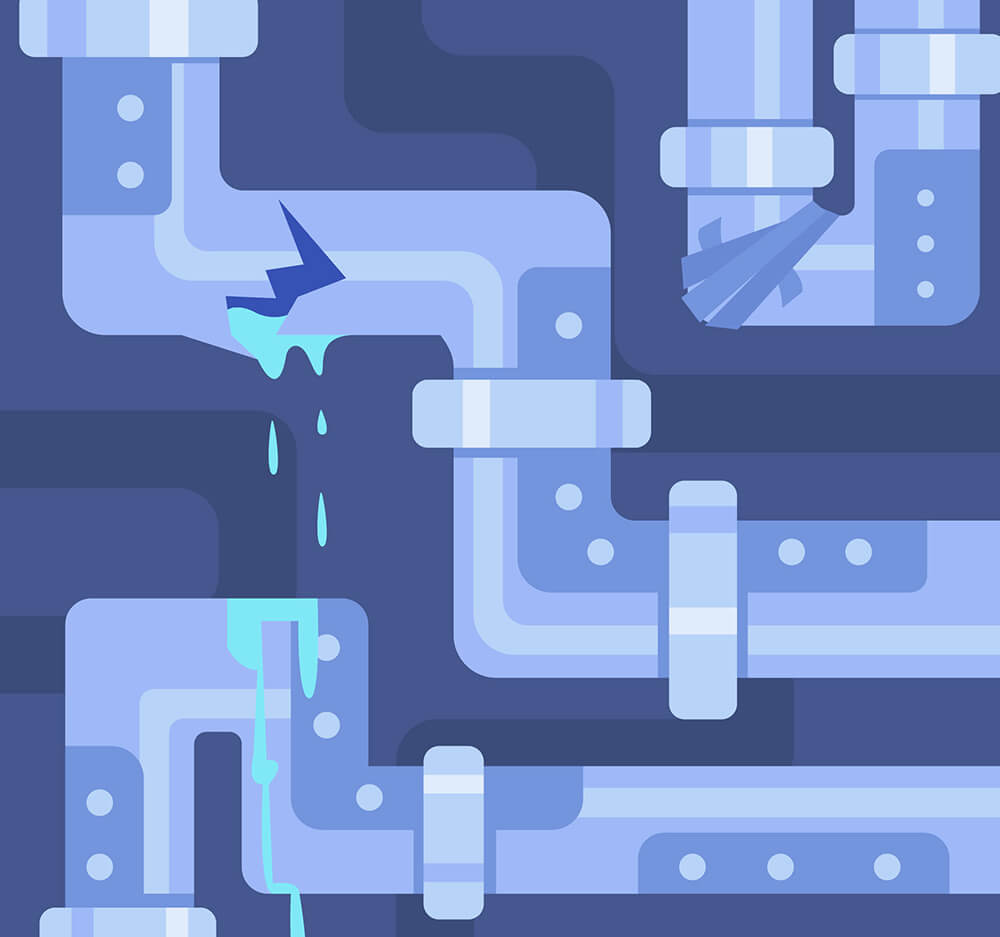
After diagnosing hundreds of problematic HVAC systems across South Africa and beyond, I’ve developed a systematic approach to identifying and resolving the most persistent issues:
Advanced Diagnostic Approaches for Complex Issues
When standard troubleshooting doesn’t reveal the problem, I employ these advanced techniques:
- Performance Trending Analysis:
- Tracking key parameters (approach temperature, pressure drops) over time
- Establishing baseline performance when new/clean
- Calculating degradation rates to predict maintenance needs
- Chemical and Metallurgical Testing:
- Analyzing corrosion products to identify specific mechanisms
- Testing pH, chlorides, and microbial activity in water systems
- Identifying incompatible materials or galvanic corrosion
- Flow Pattern Visualization:
- Smoke testing for air-side distribution
- Tracer dye studies for water-side flow
- Computational fluid dynamics modeling for complex systems
- Thermal Performance Mapping:
- Grid-based temperature measurements across coil face
- Infrared thermography for heat transfer assessment
- Comparative performance testing against design specifications
A mining company client in Rustenburg had a cooling system with adequate capacity but poor performance. Traditional tests showed nothing abnormal, but tracer dye studies revealed significant water-side flow maldistribution. The problem was traced to improper header design creating preferential flow paths through only 60% of the tubes. A modified header design improved overall system efficiency by 26%.
How Do You Specify the Perfect Heat Exchanger for Your Specific HVAC Requirements?
Are standard catalog heat exchangers failing to meet your performance needs? Off-the-shelf solutions rarely deliver optimal efficiency for unique applications, leading to compromises in performance, space utilization, and energy consumption.
The perfect heat exchanger specification balances thermal performance requirements, space constraints, airflow characteristics, water/refrigerant conditions, and material compatibility. Key parameters include heat transfer capacity (expressed in kW), pressure drop limitations (air-side <125 Pa, water-side <20 kPa), and dimensional constraints.
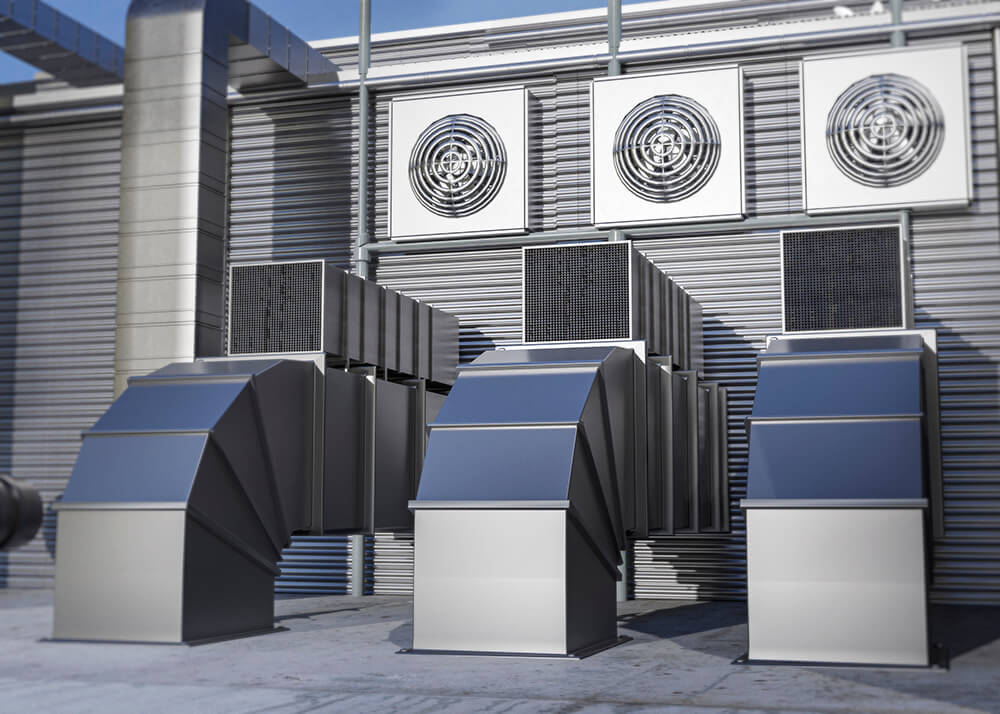
Designing the perfect heat exchanger is both science and art—a balance of theoretical performance and practical considerations. Here’s my approach after decades of custom designs:
I worked with a pharmaceutical manufacturing facility that needed precise temperature and humidity control for their production area but had extremely limited ceiling space. By creating a custom low-profile design with optimized fin spacing and tube circuiting, we achieved the required performance in just 55% of the space a standard unit would have required.
The Custom Specification Process
My approach to developing the perfect heat exchanger specification follows these steps:
- Load Calculation and Performance Requirements:
- Detailed heat load analysis considering all sources
- Establishing required capacities across all operating conditions
- Defining acceptable temperature and humidity ranges
- Space and Installation Constraints:
- Maximum dimensional limits
- Access requirements for maintenance
- Structural support and mounting options
- Air and water connection locations
- Material Selection Based on Environment:
- Air quality (coastal, industrial, clean room, etc.)
- Water/refrigerant chemistry
- Required lifespan
- Budget constraints
- Fin and Tube Optimization:
- Fin density (8-14 FPI for HVAC, higher for special applications)
- Fin profile (flat, wavy, louvered)
- Tube diameter (9.52mm, 12.7mm, 15.88mm most common)
- Tube pattern (staggered vs. inline)
- Circuit Design and Flow Arrangement:
- Series vs. parallel paths
- Counter-flow, cross-flow, or parallel flow
- Header sizing and configuration
- Venting and draining provisions
For a data center in Johannesburg with unusually high sensible heat ratios, we developed a custom specification with 30% greater fin surface area but wider fin spacing than standard. This provided the needed sensible cooling capacity without the excessive dehumidification and associated energy waste that would have occurred with standard coils.
What Are the Key Differences Between Industrial and Commercial HVAC Finned Tubes?
Are you applying commercial-grade solutions to industrial challenges? This common mistake leads to premature system failure, excessive maintenance costs, and reliability issues that can shut down critical processes.
Industrial HVAC finned tubes differ from commercial types in material thickness (typically 30-50% heavier), corrosion allowances (designed for 15+ year life vs. 7-10 years), temperature/pressure ratings (often 2-3× higher), and maintenance provisions. Industrial tubes prioritize reliability and longevity, while commercial tubes balance performance with cost-effectiveness.

